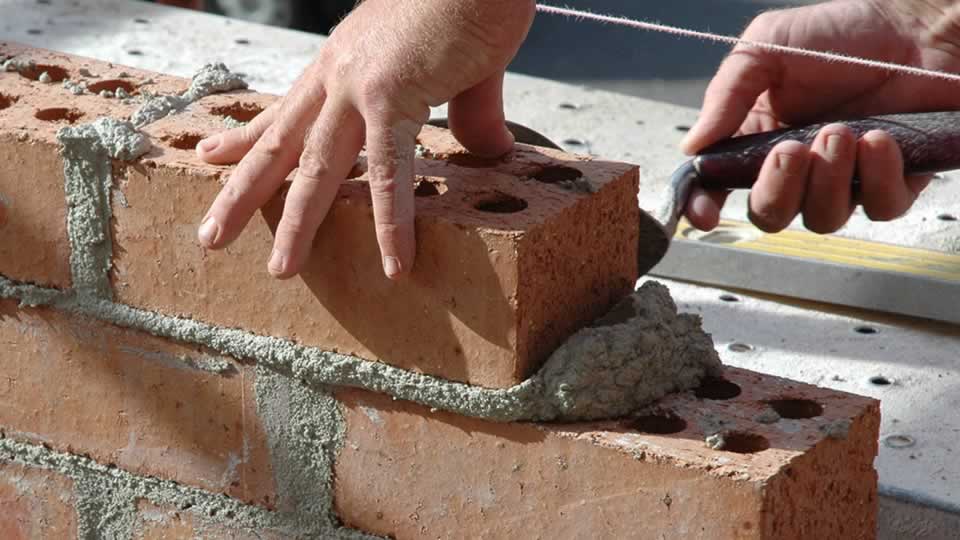Masonry Research
Alternative Energy Efficient Designs for Single Wythe Masonry Structures
Project Overview
In response to concerns by our members about the compliance of single wythe CMU walls with the prescriptive energy code provisions (especially in the more northern climate zones), IMI has partnered with MCAA and CCMPA to have Dr. Mark McGinley (University of Louisville) conduct a study using holistic building energy models to determine code compliant designs for single wythe masonry buildings. This study will initially target single wythe warehouse buildings (and later big box retail stores) in climate zones 3 — 7. It will address both US and Canadian codes.
The project completion date is currently set for July of 2013 with interim reports as results become available — hopefully with the first results available later this year. A similar study done by Dr. McGinley on cavity wall school construction has been well received and showed that a holistic look at building energy usage indicates low return rates on excessive envelope insulation. It is hoped that this study will do the same for single wythe construction, especially in the colder climates.
Here is a brief excerpt from the proposal to underscore the need for the study:
"In most climates in the US, the code mandated prescriptive envelope requirements would require that single wythe exterior masonry walls be continuously insulated with insulation R values varying from 5.7 ft2•°F•h/Btu to over 15 ft2•°F•h/Btu . This requirement greatly impacts the cost of these wall systems and often detrimentally affects their durability and maintenance costs. Furthermore most of the design guides that have been developed for energy efficient design start with the assumption that increases in building envelope thermal resistance are needed to improve energy building energy efficiency. Thus most designers assume that a high R building envelope is needed for a building to be energy efficient.
"However, a recent study by the author of this proposal (Dr. Mark McGinley) has shown that increasing insulation in a building may have only a minimal effect on the overall energy performance of the building, especially for walls with a high thermal mass .Providing large increases in the thermal resistance of the building envelope will not necessarily result in a corresponding reduction in building energy use. It appears that after a certain point "more is not necessary better".












